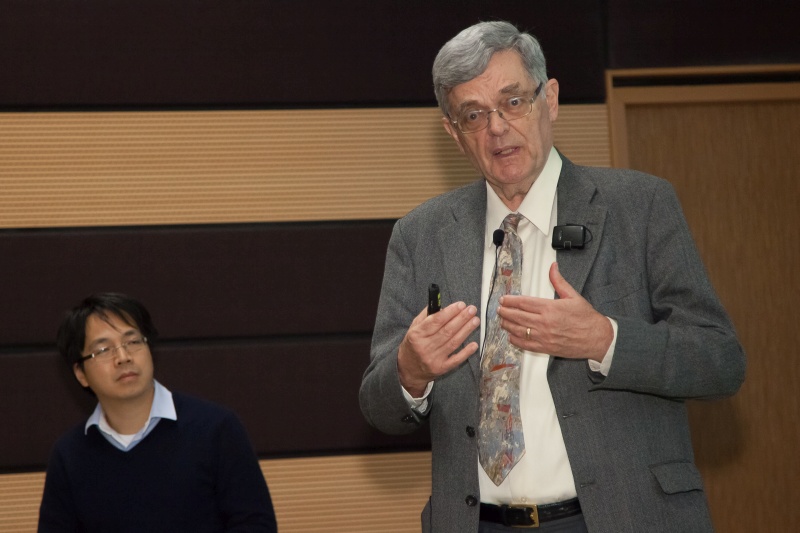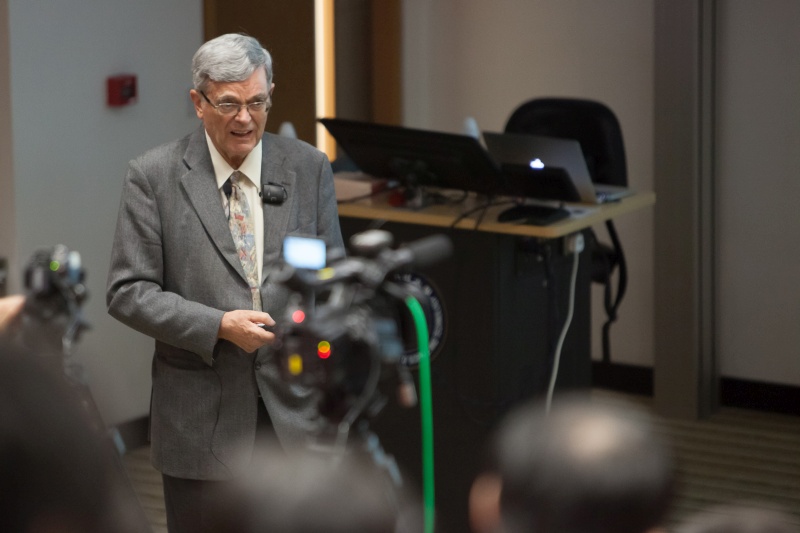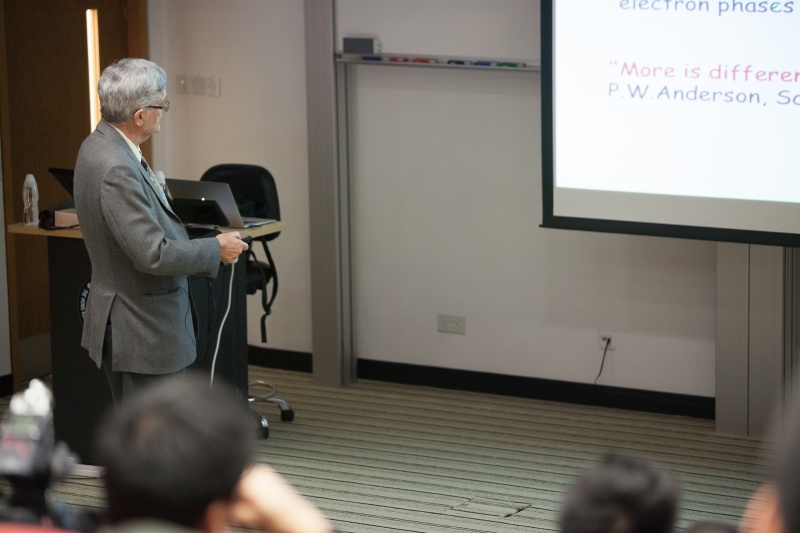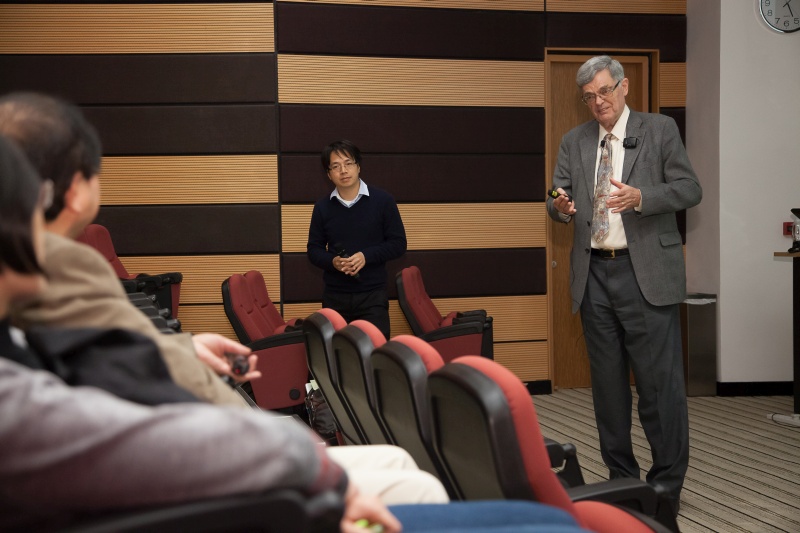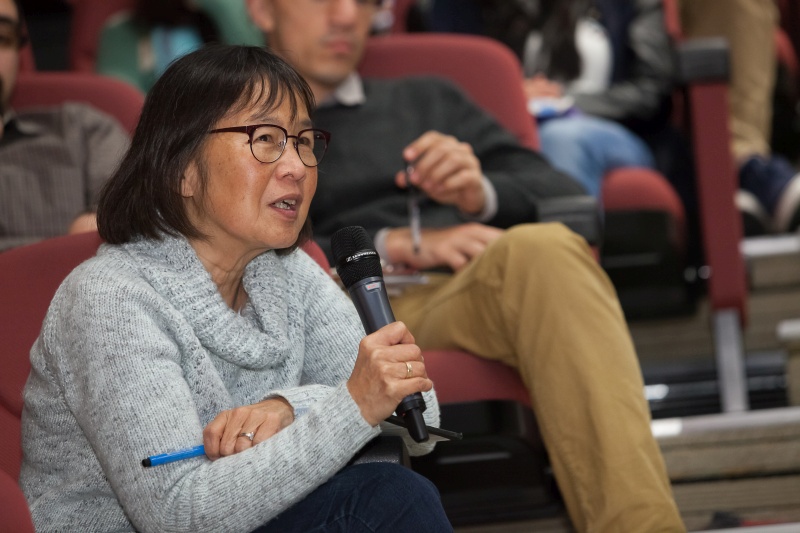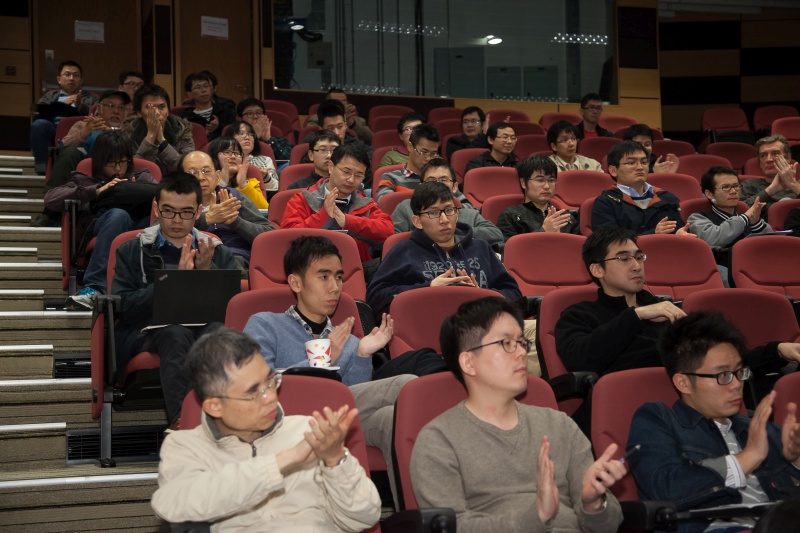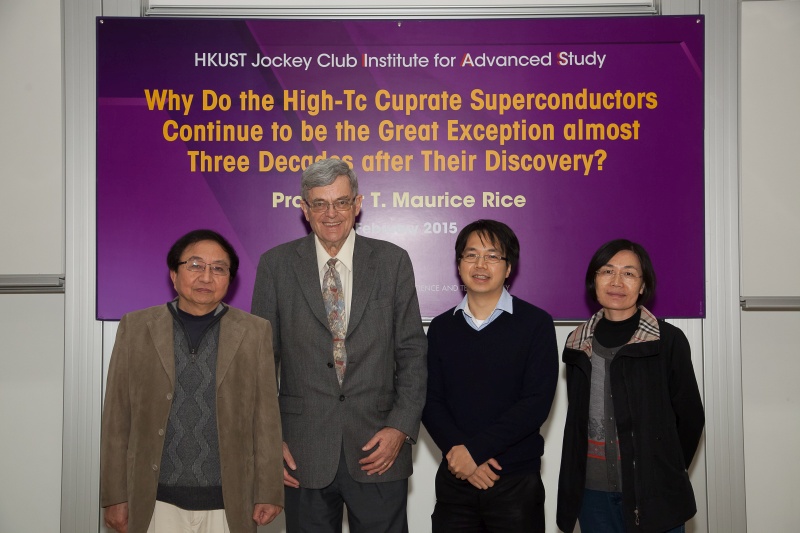Why Do the High-Tc Cuprate Superconductors Continue to be the Great Exception almost Three Decades after Their Discovery?
Abstract
The discoveries in the early eighties of organic and heavy fermion superconductors at low temperatures ushered in the new era of unconventional superconductivity. The major breakthrough came a few years later when cuprate high Tc superconductors raised the transition temperature to unexpected heights. All three have unconventional superconductivity driven by the Coulomb repulsion between electrons, rather than the attraction from electron-phonon interaction that is responsible for the standard BCS superconductivity. While there are many organic and heavy fermion superconductors, they are characterized by small energy scales leading to low transition temperatures. Metallic transition metal compounds have larger energy scales that could lead to higher transition temperatures. But the cuprate high temperature superconductors are not typical and remain a great exception among this class of materials. The reason for the regrettable dearth of high temperature superconductors has less to do with our lack of understanding of the cuprates, rather it results from the difficulty of decoupling the conduction electrons from the ionic lattice in the presence of strong interactions. Superconductivity is a truly quantum phenomenon without a classical analog. The cuprates possess the conditions that emphasize quantum behavior, namely high symmetry, spin -1/2, strong interelectron interactions and weak coupling to the underlying classical ions. The speaker will argue the great difficulty in replicating these conditions in other materials is the main hurdle to discovering more high Tc superconductors.
About the speaker
Prof. T. Maurice Rice received his PhD in Physics from the University of Cambridge in 1964. After spending two years as postdoctoral researcher at the University of California at San Diego, he transferred to the Bell Laboratories. During his 15 years at Bell Labs he was employed in various departments as researcher and department head. He joined the faculty at the Institute of Theoretical Physics of ETH Zurich in 1981, and is currently Professor Emeritus. He is also a Member of the Condensed Matter Theory Group at Brookhaven National Laboratory.
Prof. Rice’s research interests lie in the theoretical explanation of the physics of condensed matter with particular emphasis on metal-insulator transitions, optically excited semiconductors and materials with charge and spin density waves. Since his appointment at ETH Zurich, his research has concentrated on the theory of strongly correlated fermions, especially on the microscopic theory of high temperature superconductors.
Prof. Rice received numerous awards including the Hewlett-Packard Europhysics Prize and the John Bardeen Prize for Superconductivity Theory. He is a Member of the US National Academy of Sciences, an Honorary Member of the Royal Irish Academy, and a Fellow of the Royal Society.

